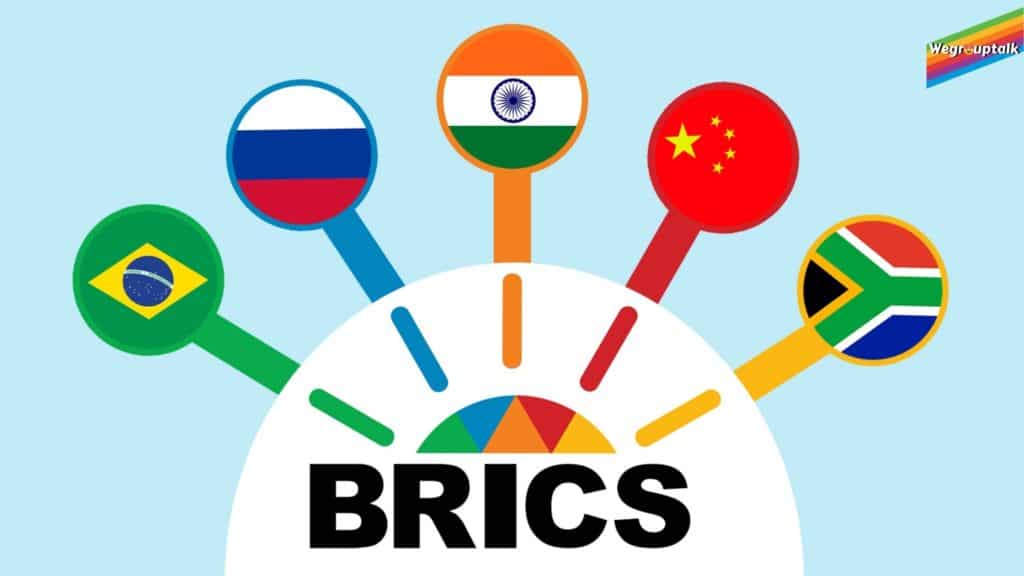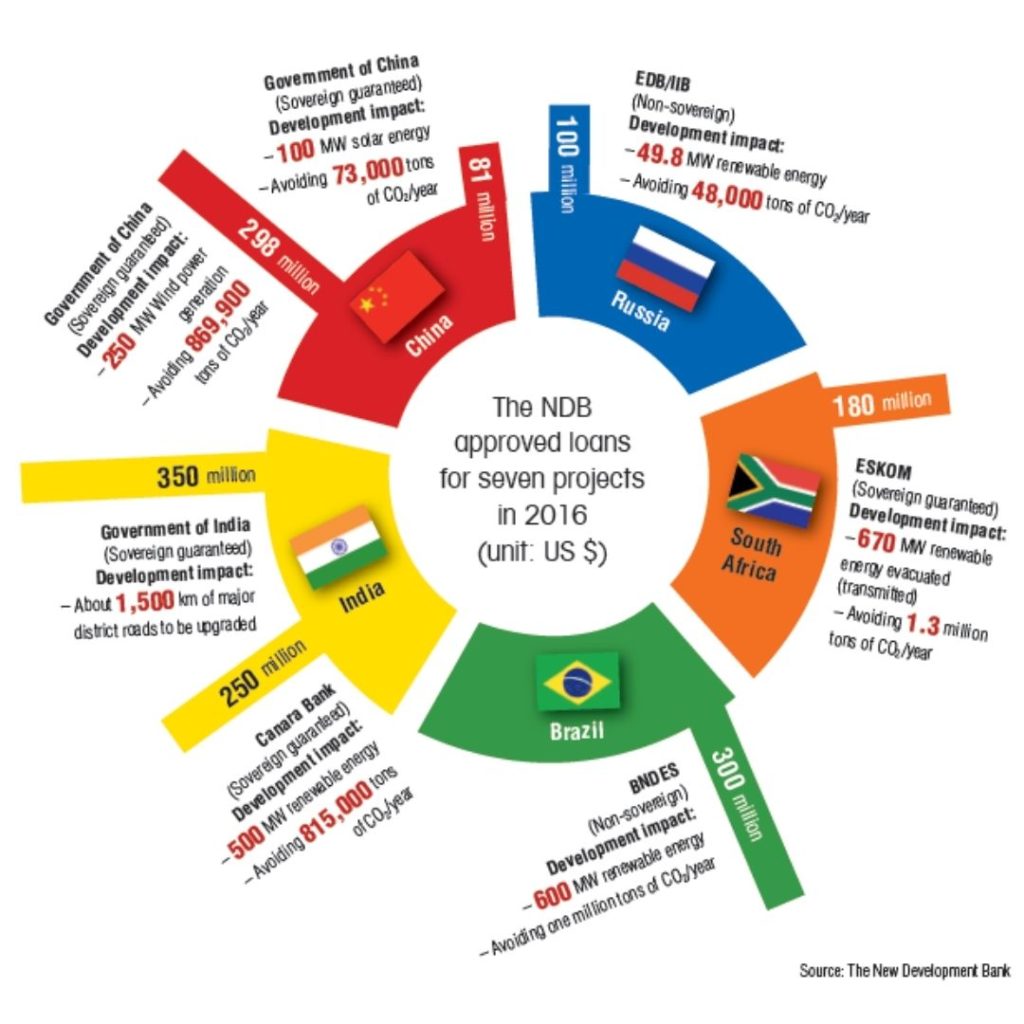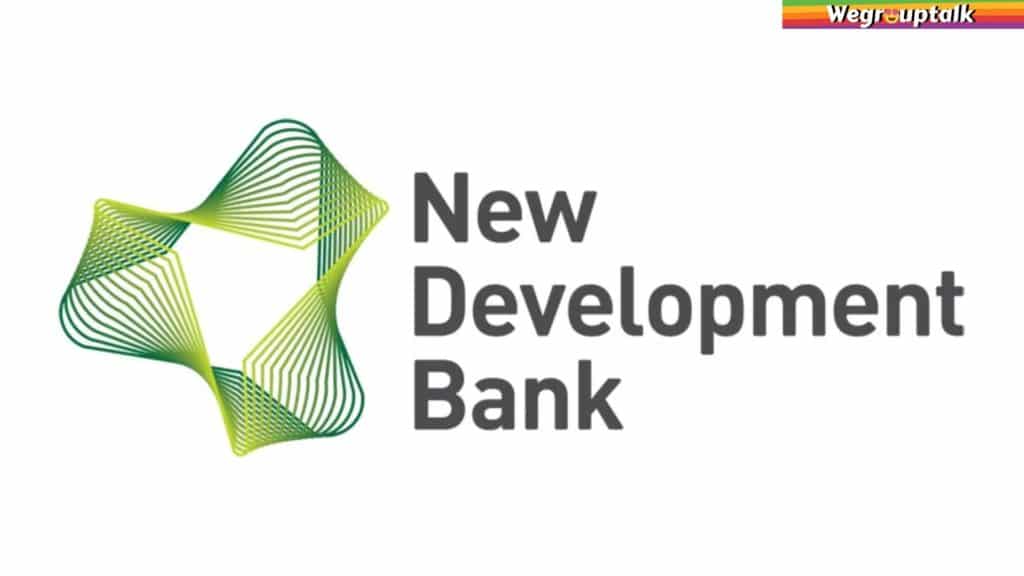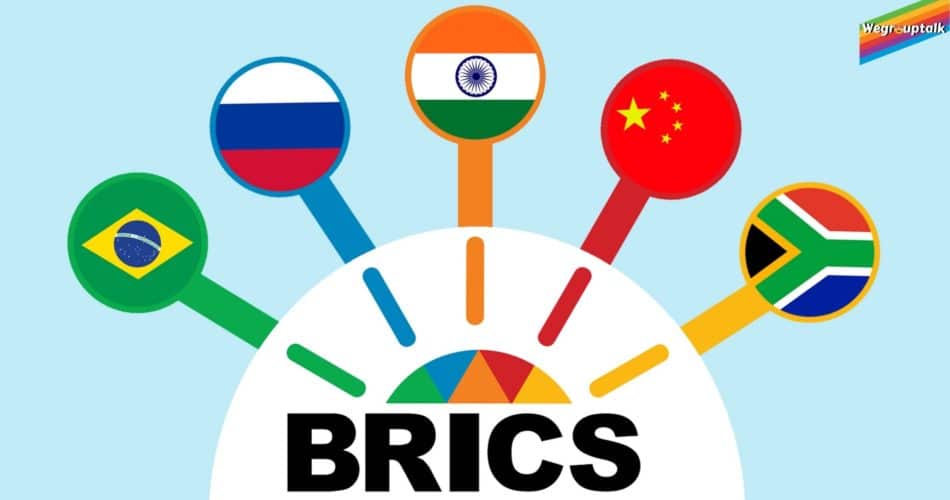International relations, knowing about world politics and global affairs are such interesting topics, isn’t it? I am sure you must’ve heard about BRICS. It has been in the news for quite a while now. To start with I would want to quote my own country’s Prime Minister Narendra Modi “BRICS must provide a united and a clear voice in shaping a peaceful, balanced and stable world. We must harness each other’s strengths, in skills, knowledge and resources.”
Even Vladimir Putin said “Now we characterise Russian-Chinese relations as a strategic partnership, even a special strategic partnership. We have never had such a level of trust with China before. China is our major trade and economic partner among foreign states. We implement multi-billion joint projects.
We cooperate not only within the UN Security Council, which is logical, as both Russia and China are permanent members of the UN Security Council but also within such regional organisations as the Shanghai Cooperation Organisation, BRICS, etc.” The world leaders have been saying and quoting things about the cooperation, which shows its importance. This blog post is about five major economies of the world and how they are coming out to be an emerging power for this world.
What exactly is an emerging power?
An emerging or rising power is a nation or a union of states which have a substantial rising and an impact on global affairs. Such a power aspires to have an extra effective position or opposition in worldwide relations, either regionally or globally. They have a sufficient amount of resources and development levels that the goals they aspire to become potentially achievable. There are a few available conceptualisations of the term “emerging power “.
Therefore, there is no trendy or agreed technique or method to decide which states are emerging powers and which or not. However, an imperative characteristic of an emerging power is that it should have an emerging economy because having financial improvement is vital and preliminary to political and army emergence. It has been agreed that while a country may be a rising power, it is above something else and rising economy with only the manageable or hope of growing their global influence.
This is due to the fact of various limiting factors, generally the seven dimensions of the country: power, population, geography, military, economy, resources, diplomacy, and the country’s identity all over the globe. Traditionally, solely outstanding powers or superpowers have succeeded in all seven dimensions of their country’s power.
For deep understanding, let us have a look at some examples. The bricks are frequently mentioned as being emerging powers, however at various stages of development and of varying tires of potential, for example, Russia which used to be as soon as a superpower, is now re-emerging in some aspects of nation strength following the fall of the Soviet Union. China and India are emerging as practicable superpowers, while Brazil is emerging as a possible superpower.
What is BRICS?
BRICS is the acronym to associate five major rising national economies: Brazil, Russia, India, China and South Africa. The members of BRICS have a significant impact on regional affairs. Since 2009, the BRICS nation has met annually at formal summits. Brazil hosted the foremost recent 11th BRICS summit on November 13–14, 2019.
Originally the primary four were called as BRIC or BRICs before the induction of South Africa in it, which came in 2010 and made it BRICS. Bilateral relations among the BRICS nations are held mostly based on equality, non-interference and mutual benefit. The chairmanship of this forum is annually rotated amongst its members following the acronym B-R-I-C-S. In the past decade, the corporation has expanded to include an annual program of around 100 sectoral meetings. BRICS does not exist in an organisation, but it is an annual meeting between five countries’ top leaders.

Timeline
- The first BRICS summit in the Russian Federation took place in 2009 and discussed concerns such as the global financial architecture reform.
- In December 2010, South Africa was invited to join BRIC. South Africa subsequently attended, in March 2011, the third BRICS summit in Sanya, China.
Now, just in case you feel interested to know about the history and origin of the cooperation then here is the GENESIS of it.
Genesis of BRICS
- In 2001, economic just economist Jim O’Neill of Goldman Sachs initially coined the acronym BRICS in a study on growth prospects for Brazil, Russia, India and China which together accounted for a large share of the world’s production and population.
- A regular informal diplomatic operation was introduced in 2006 by the four nations, with the foreign ministers on the sidelines of the UN General Assembly General Debate (UNGA).
- This successful interaction culminated in the decision to hold the dialogue at the heads of state and government at the annual summits.
Objectives of BRICS
- The extension, deepening and intensification of cooperation between member countries for mutually beneficial, sustainable and equitable growth is one of the summit’s key objectives.
- Each member’s growth and development are taken into account to ensure the ties are based on individual countries’ economic strength and wherever possible, to minimise competition.
- These broad priorities make it possible for bricks to emerge as an ambitious and encouraging political-diplomatic body that was previously established primarily to fix global financial problems and reform institutions.

More statistical information about it?
It has a combined space of 39, 746, 220 km² and a calculable total population of approximately 3.21 billion, which is approximately 41% of the whole world’s population. BRICS can be hence called as an emerging investment market and a global power bloc. Except for South Africa, all the four countries hold their position in the world’s ten largest countries in population and area. South Africa holds the 24th position in both these aspects.
As of 2018, these five countries had a total nominal GDP of US $19. 6 trillion, around 23.2% of the worlds gross domestic product, a combined GDP of about US dollar 40.5 5 trillion which is 32% of the world’s GDP and an estimated foreign reserves of US $ 4.46 trillion.
I am sure that by now you must’ve got a fair idea by seeing the statistics of how big and impactful the Organization is. Now let us look at its impact on the world’s global financial institutes.
BRICS – impact on international financial institutions
- One of the main reasons behind the formation of BRICS was the financial crisis of 2008. After the sub-prime mortgage crisis, the dollar-dominated monetary market crashed and posed concerns about its reliability and sustainability.
- To improve the world economic structure, the BRICS developed the ‘multilateral institutions reform’, increasing the role of emerging economies in the world economy.
- These institutional changes culminated in establishing the quota reform of the international monetary fund (IMF) after the BRICS managed to press for it in 2010, further reducing the financial crisis due to Western legalisation. After this, bricks ended up becoming the ‘agenda settlers’ in multilateral institutions.
New Development Bank (NDB)
- The new development bank is one of the BRICS created multilateral development institutions, it has been operating successfully, and its headquarters are in Shanghai, China.
- It was addressed at the 2012 Summit and established in 2015.
- The 2014 BRICS summit’s Fortaleza declaration stressed that the NDB would enhance BRICS cooperation and complement multilateral and regional efforts.
- Since the beginning of its operations following the 2015 Summit, 42 investment projects worth more than $ 11 billion have been approved and are being introduced, bringing much-needed investment to developing countries.
- Mobilising the funds and services needed by sustainable development and infrastructure projects is the key concept behind the new development bank. Not only did the NDB prove beneficial to Brics countries, but it also sponsored other emerging markets and developed countries.
- The NDB’s main operational areas are :
- Clean Energy
- Urban sustainable growth
- Economic development among member countries of the BRICS
- Developing and irrigating farmland
- Infrastructure in transport
- Both BRICS member states have an equal stake in the bank, and the NDB works on its advisory process.

The first three summits of BRICS that had been held provided strategic results. Firstly, and global affairs, BRICS has emerged as a major player. Since the concept of bricks became common, the member countries have increasingly realised this. By this recognition, they are motivated and want to play a larger role in global affairs. The group aims to challenge the US and its Western allies dominant economic and political hegemony. Their demands are geared towards the end of a multipolar world and adjust global order.
To obtain efficient space, they also want to restructure the economic order. The BRICS leaders believe that their combined power and unity of purpose will enable them to achieve the objective. The summit leaders called for the international monetary fund; the IMF and the World Bank were to be revamped. They called for fighting against global poverty and terrorism and the early completion of negotiations on climate change, based on concepts of shared but a differentiated obligation, to participate in the Doha development round of trade negotiations.
The BRICS can provide a powerful economic counterpoint to the G8 alliance, which includes the developed economies of the world that are North America, Europe and Japan. It has been predicted that by 2025, the combined economies of the BRICS will be half the size of the G8, and in 40 years, will likely be larger. The rankings of national economies within the group will likely change dramatically.
Michael Anti, a Chinese journalist, once mentioned that BRICS is an emerging economy that helps the revival of the world economy. This shows the kind of importance it holds in global affairs. I hope so far by now; you must’ve understood how economically strong this cooperation is. This is why it is called as an emerging power. However, there are various other areas of its cooperation as well and here are all the more reasons why it is called as a superpower-
1. People to People Exchange
- Members of the BRICS have recognised the need to enhance exchanges between people and foster closer cooperation in culture, education, sports, film and youth.
- This exchange seeks to forge diverse and shared learning, build new friendships, deepen relationships, bring more transparency and inclusiveness and mutual understanding between BRICS people.
- This interaction between people includes the young diplomat’s forum, trade union form, parliamentarian forum, civil bricks and the media forum.
2. Political and security cooperation
- Political and security cooperation between the BRICS member aims to ensure peace, security, growth and cooperation for a fairer and more prosperous world.
- The BRICS offers opportunities to share policy advice and exchange best practices concerning domestic and regional issues and advance the global political system’s transformation more inclusively, based on the pillar of multilateralism.
- BRICS is used as a driver for the foreign policy priorities of South Africa, including per swing the African agenda and South-South cooperation.
This is how impactful the cooperation is. In the end, I would like to mention a quote from Helen Keller “Alone we can do so little, together we can do so much. “This I think pretty much defines the power and impact a group of people or countries can have, which I think is much larger than a single nation. Let’s hope that this world Summit brings many positive changes that the world needs and progressive growth.
Follow us on FACEBOOK, INSTAGRAM and TWITTER to stay connected.
ALSO Read- What is Dementia?




